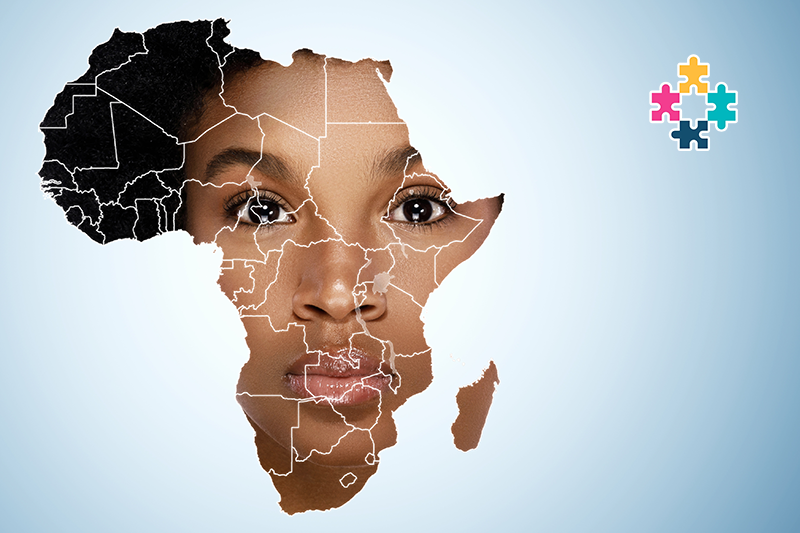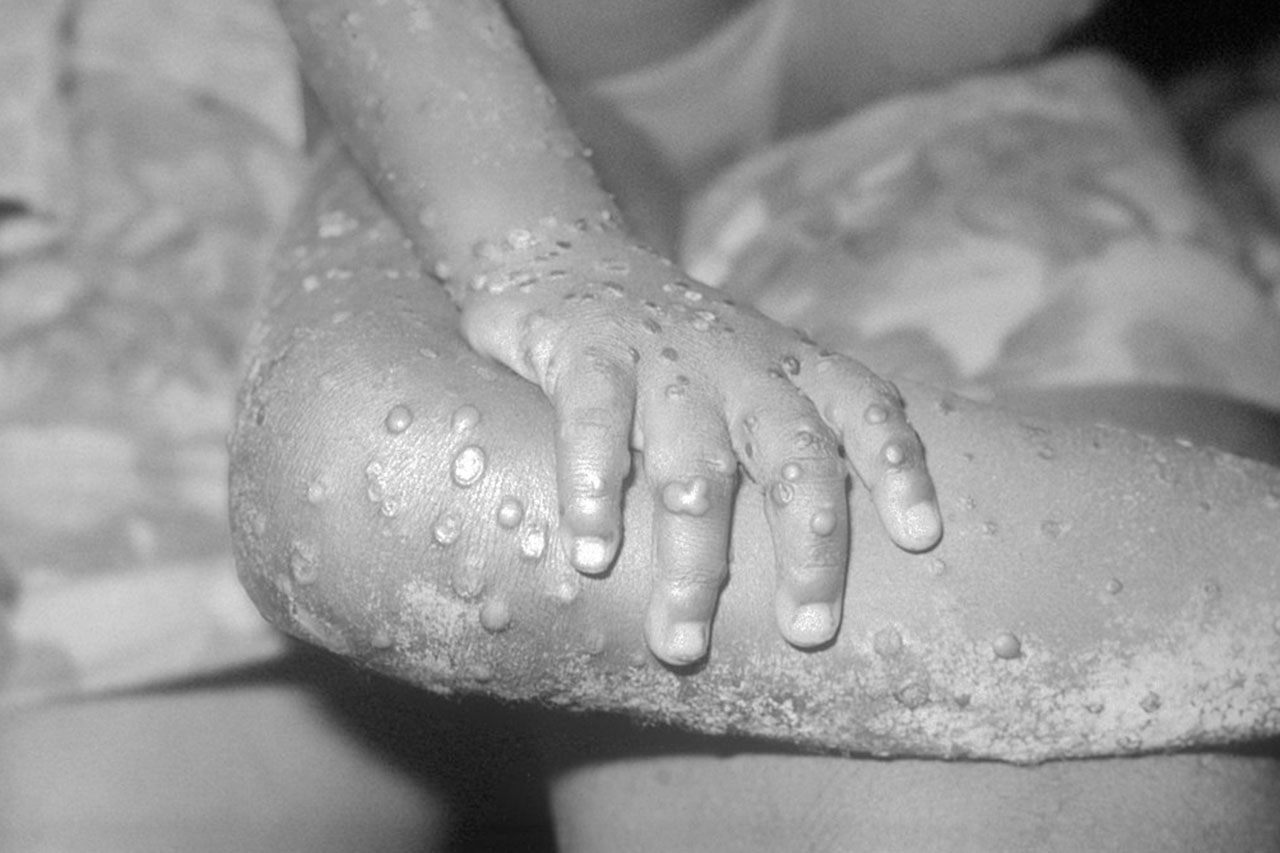Latest News
Clinical trial for monkeypox medication starts in the Democratic Republic of the Congo
October 21, 2022
No Comments
Pourquoi certains efforts en matière de santé mondiale échouent-ils?
October 21, 2022
No Comments
Por que algumas iniciativas globais na área da saúde não estão sendo eficazes?
October 21, 2022
No Comments
Follow Us
Facebook
Twitter
LinkedIn
Newsletter
Subscribe our newsletter to stay updated











